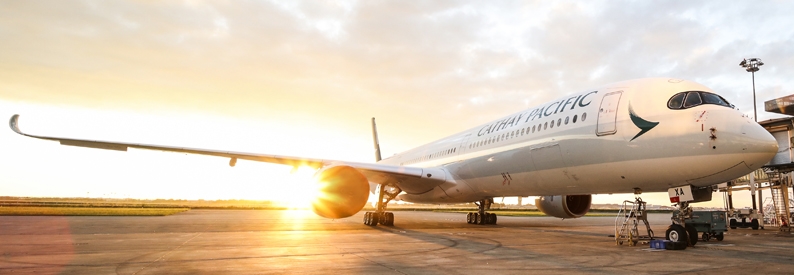Cathay Pacific will resume using Russian airspace for some routes

Cathay Pacific to resume using Russian airspace for some routes. Cathay Pacific said it will overfly the far eastern part of Russia.
Hong Kong’s Cathay Pacific Airways will resume using Russian airspace on some flights, the Hong Kong-based airline said on Sunday, restarting flights it had stopped after Moscow invaded Ukraine in February.
Cathay Pacific said in a statement that strong headwinds and payload issues on flights to and from the US east coast were the driving forces behind the decision. “There are other major airlines overflying Russian airspace and there are no sanctions which prevent Cathay Pacific from overflying Russia. Cathay Pacific is compliant with applicable sanctions regulations,” the airline said. “The Polar Route provides a safe, direct and the fastest flight experience to our customers travelling from the east coast of North America to Hong Kong.”
Cathay Pacific will begin flying from New York to Hong Kong using the popular “Polar route” from Tuesday, the company told Reuters in an emailed statement.
“We operated two flights from New York to Hong Kong via the Atlantic Ocean recently, but this is only possible if complemented by strong seasonal jet stream winds in addition to other positive conditions that occur only very occasionally.”
Citing strong headwinds and payload issues affecting its flights from the East Coast of North America to Hong Kong, Cathay Pacific said it will overfly the far eastern part of Russia.
Cathay Pacific said in March that it was not routing flights through Russia’s airspace, avoiding the area after the invasion of Ukraine despite longer flight times.
Skirting Russian airspace sees Cathay Pacific’s A350-1000 operated New York-bound flights now blocked to complete the sector in 16 hours and the return flight scheduled to take 17 hours and 50 minutes. Returning to Russian airspace will see that flight cut back to around 15 hours.
Russia this year closed its airspace to European and U.S. airlines, forcing some long-haul flights to Asia to take longer routes.
